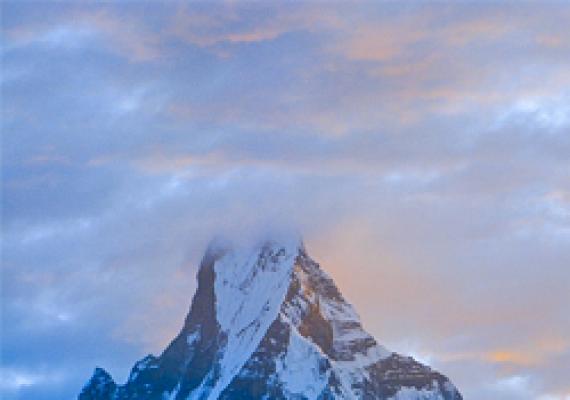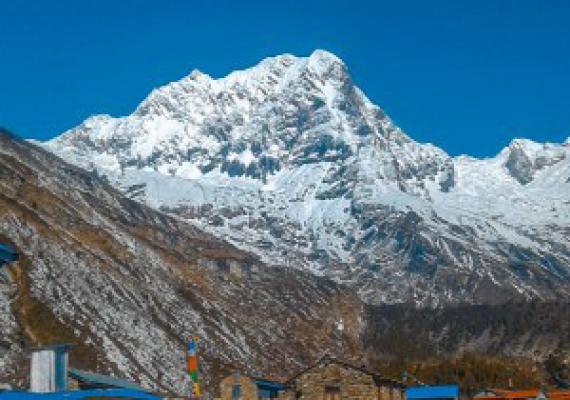
Overview
We are a dedicated and native team of Manaslu Guides, this website is under updating, If you have any inquiry, please feel free to contact us at manasluguides@gmail.com , mail@manasluguides.comWhatsapp/viber/ contact: +977 9841619019
TRIP HIGHTLIGHTS
- Sightseeing around the Kathmandu Valley including UNESCO world historical heritage sites.
- Explore Annapurna's most remote and untouched region.
- Amazing landscape views
- Observe Tibetan culture and life style of the area.
- Adventurous camping trek towards the beautiful Narphu Valley.
Itinerary
-
-
Day:01: Arrival in Kathmandu, Check into the Hotel (1,300m/4,428ft)
Day:02: Trek preparation and introduce with trekking staffs (1360m)
Day:03: Drive Kathmandu to Jagat (1300m/4265ft.) 8-9 Hours drive.
Day 4: Jagat to Dharapani (1,960m/6,430ft): 7-8 hours
- Morning breakfast.
- Continue trek slowly descends until it reaches the river and then continues through a lush forest.
- Ascent leads to sharp-edged cliff facing the riverbank.
- Trek with the glorious backdrop towering views of Annapurna mountain ranges.
- Follow the Chyamje by crossing a suspension bridge.
- Climb steeply towards the slippery and physically challenging path to Sattale.
- Descend to a grassy riverbank that leads to Tal.
- Trek steep forested village of Karte.
- Enjoy viewing waterfalls and trek along the cliffs.
- Cross a suspension bridge and reach Dharapani.
- Overnight in Dharapani.
Day 5: Dharapani to Koto (2,610m/8,563ft): 5-6 hours
- Morning breakfast.
- Continue trek towards Bagarchhap by following pine and fir forests.
- Visit the white washed monastery in this village.
- Continue trek about an hour and reach to Danaque.
- Trek steeply ascend up to Timang.
- Enjoy with the magnificent view of Mt. Manaslu and other 29 Peak.
- Around one and half hour trek through pine forests and reach to the Latamarang village.
- Resume our trek through forests with the impressive glimpse of Annapurna II.
- Arrive in Koto village and stay overnight over there.
Day 6: Koto to Meta (3,560m/11,680ft): 7-8 hours
- Morning breakfast.
- Trek through the River bank of Soti Khola and cross suspension bridge over Soti Khola.
- Follow the wonderful pine forests, streams and reach Dharmasala.
- Continue the trek through forests and ascend steeply towards Meta village.
- Reach at Tibetan Plateau and enjoy great view of Annapurna II and Lamjung Himal.
- Overnight in Meta.
Day 7: Meta to Phu Gaon (4,250m/13,944ft): 7-8 hours
- Morning breakfast.
- Continue trek ups and down and cross beautiful suspension bridges over different streams.
- Almost 4 hours of trek will lead you to the Kyang and witness the remnants,the ruined forts of the Khampa settlement.
- Further trek crosses the Phu Khola on a rocky trail and finally reach the Phu village.
- Overnight in Phu Gaon.
Day 8: Acclimatization at Phu Gaon
- Morning breakfast.
- Stroll the Valley.
- Encounter with the local people and explore their unique culture
- Explor natural diversity, and religious practices of the ethnic groups like Lama, Gurung and Ghale.
- Trace out the people and observe their survival depending on agriculture, animal breeding and seasonal migrations in such remote location or in the hidden valley.
- Discover the Tashi Lakhang Monastery, the old Buddhist Monastery listed out of the 108 world’s great Buddhist Monasteries.
- Enjoy great view of Himlung Himal and other snow peaks.
- Overnight at Phu Gaon.
Day 9: Phu Gaon to Nar (4,110m/13,484ft): 6-7 hours
- Morning breakfast.
- Descends through various streams and suspension bridges.
- Follow the high suspension bridge 80m over the Gorge of Lapche River.
- Trek steeply ascends by following many Buddhist stupas until you reach to Nar Village.
- Witness several Buddhist Monasteries with the glorious vistas of Pisang Peak and other small peaks.
- Overnight in Nar.
Day 10: Acclimatization and preparation at Nar
- Morning breakfast.
- Spend the day by hiking nearby and explore Nar village and observe the local culture and lifestyle.
- Be prepared for the next day trek.
- Overnight in Nar.
Day 11: Nar to Kang La Pass (5,322m/17,460ft) to Ngwal (3,660m/12,008ft): 7-8 hours
- Morning breakfast.
- Trek around 7 to 8 hours to reach today's destination.
- Trek towards Kangla pass.
- Enjoy panoramic views of Annapurna massif.
- Further trek down to Ngwal.
- Overnight in Ngwal.
Day 12: Ngwal to Manang (3,540m/11,614ft): 4-5 hours
- Morning breakfast.
- Continue trek through the isolated village of Paugh with the amazing views of Annapurna range.
- Trek gently uphill to Mungli and then to the main trail of Annapurna Trail at Mungli.
- Finally reach Manang and stay overnight over there.
Day 13: Manang to Yak Kharka (4,110m/13,484ft): 3-4 hours
- Morning breakfast.
- Trek continue by leaving Manang village and follow the stream and climbs to a village of Tenki above Manang.
- Continues climbing out of the Marshyangdi Valley and turn up to the valley of Jarsang Khola.
- The trail follows a few pastures, a scrub of juniper trees.
- Trek further through the small village of Ghunsa.
- Now the trail goes through meadows where horses and yaks graze.
- Cross a small river on a wooden bridge and witness an ancient old Mani wall and reache small village of Yak Kharka.
- Overnight at Yak Kharka.
Day 14: Yak Kharka to Thorong Phedi (4,600m/15,092ft): 3-4 hours
- Morning breakfast.
- Trek continue towards the Throng Phedi.
- Thorong Phedi is a small settlement, where you can get trekking equipment.
- Overnight at Thorong Phedi.
Day 15: Thorong Phedi to Thorong La (5,416m/17764ft) to Muktinath (3,800m/12,467ft): 7-8 hours
- Morning breakfast.
- Continue trek through the arduous Thorong La Pass at a dizzying height of 5,416m/17,764ft.
- Trek in the icy high-altitude with the magnificent views of mountain vistas.
- Reach Muktinath, a sacred site for Hindu and Buddhist.
- Stroll around the Muktinath Temple and Monastery nearby.
- Overnight at Muktinath.
Day 16: Muktinath to Jomsom (2,715m/8,910ft): 5-6 hours
- Morning breakfast.
- Continue trek by descending down the dramatic Kali Gandaki Gorge.
- Follow the arid land and pass Jharkot and Khingar villages.
- Explore the typical Tibetan architecture.
- Trek through the banks of the Kali Gandaki and reach to Jomsom.
- Overnight in Jomsom.
Day 17: Jomsom to Pokhara Flight (827m/2,700ft): 30 min flight
- Morning breakfast.
- Take an air flight to Pokhara.
- A scenic flight offers us splendid areal views of mountains such as; Annapurna and Dhaulagiri.
- As you reach to Pokhara, take rest and relax.
- In the evening you can stroll around the Fewa Lake.
- Explore the beauty of Pokhara Valley.
- Enjoy with the mountain view of Machhapuchhare, Dhaulagiri, Himalchuli and many more.
- Around one hour enjoy boat-ride in Fewa Lake and take a short hike to the World Peace Pagoda.
- Stroll around the fascinating lakeside area.
- Overnight in Pokhara.
Day 18: Pokhara to Kathmandu (1,300m/4,428ft): 5-6 hours’ drive
- Morning breakfast.
- Drive back to Kathmandu.
- As you reach in the Kathmandu and you can take a rest and relax in the hotel.
- Enjoy viewing treks photos.
- In the evening, you can do some shopping in Thamel Bazaar.
- Enjoy farewell dinner. Overnight at Kathmandu.
Day 19: Final Departure
- Hotel breakfast and check out
- Airport transfer 3 hours before departure
What's included
- Airport pick up and drop off by Car, jeep, Hiace or Bus. Depends on the number of arrives.
- Complimentary welcome or farewell dinner according to the suitability of our client’s time.
- Beginning two nights stay on arrival in Kathmandu in tourist standard hotel with breakfast included (twin share basis)
- Kathmandu to Jagat (trekking starting point) transfer by Bus/Jeep, Jomsom to Pokhara by Flight and way back from Pokhara to Kathmandu by tourist bus.
- All necessary trekking and restricted area permit & fees, (Entry Permit, Annapurna conservation area permit, Nar-Phu Restricted area special permit and TIMs cards).
- OPTIONAL: Three meals a day during the trek (If of required, we provide meal during the trekking)
- OPTIONAL: All accommodation during trek (If of required we arrange all accommodation)
- An experienced, English-speaking, government-licensed, first aid trained Manaslu special trekking guide and assistant guide (5 trekkers: 1 assistant guide)
- An expert Local porter (2 trekkers: 1 porter)
- Duffel bag, (to be returned after trip completion), complementary trekking maps. If needed down jacket and sleeping bag will be provided in rent.
- Staff costs including their salary, insurance, equipment, transport, food and accommodation.
- Rescue arrangements if necessary.
- Basic First-aid kit (carried by your trekking guide)
- All government and local taxes for Trekking, Agency service charge and government tax/vat
- Achievement Certificate
What's not included
- International airfare and Nepal visa fee.
- Lunch and Dinner in Kathmandu
- Extra night accommodation in Kathmandu because of early arrival, late departure, early return from mountain (due to any reason) than in the scheduled itinerary
- Meal and accommodations in mountain. (can be arranged by company as per the package agreement )
- Personal insurance which covers medical, emergency evacuation, loss or theft of property.
- Personal gears and equipment.
- Personal expenses such as laundry, hot showers, battery charging, Wifi, etc
- Entry fees and costs in sightseeing (temples, monasteries, etc)
- Tips and gratitude provided to guide and porter.
Good to Know
- We can see the natural beauty of forests, rivers, and flora of the Naar Phu Valley region
- We can see the friendly people and best culture of the region which includes in Nepalese and Tibetan ethnic groups.
- Pass height point of Visit cultural world Heritage sites in city.
- Incredible landscapes and breathtaking mountain views .
- Hiking to the new trekking route .
- Explore the local cultural and natural beauty .
- Kang La Pass (5320 meter)
- Visit cultural world Heritage sites in city.
- Hiking to the new trekking route as well as.
PERMITS:
Trekking Permits & Entrance Fees
EQUIPMENTS:
Appropriate equipment is required to navigate the challenging terrain and high altitude landscapes of the Manaslu-Narphu Valley Trek. You will want durable and comfortable trekking shoes, a backpack, a high-quality sleeping bag, trekking poles, and other necessary equipment. Make sure your equipment is high-quality and properly sized and configured for your purposes.
NECESSARY INFORMATION:
Research and planning must be done before beginning the Manaslu-Narphu Valley Trek. As the journey might be physically demanding, it is advised to have a decent level of fitness and stamina as well as some past trekking experience. Along the route, there will be nothing in the way of facilities and infrastructure, so you need to be ready for that as well. It's crucial to have enough food and drink with you, as well as to be aware of the symptoms and indicators of altitude sickness. In addition, you should observe Nepali government laws and regulations, respect regional culture and customs, and keep the environment in mind.
WILDLIFE & FLORA:
Many rare and endangered kinds of wildlife can be found on the Manaslu-Narphu Valley Trek. On the walk, it's not unusual to witness Himalayan tahrs, musk deer, snow leopards, and Himalayan black bears. The blue sheep, red panda, and other bird species are among the additional creatures you might see on the walk. The need to respect wildlife and keep a safe distance from it cannot be overstated.
You pass through verdant green woods, alpine meadows, and desolate areas on the walk, each with its own distinctive flora. The vegetation will change as you climb higher, moving from rhododendron forests to alpine shrubs and grasslands. A number of medicinal plants and herbs, including Yarsagumba, which is renowned for its medicinal qualities, may be seen along the journey. A wide range of wildflowers, such as orchids, primroses, and daisies, can also be found in the area.
CULTURE & PEOPLE:
The Manaslu-Narphu Valley Trek region is home to a number of ethnic populations, including the Gurung, Tibetan, and Manangi people. The unique traditions, customs, and way of life of the locals have been carried down through the years.
Customs & Traditional:
Local populations in the Manaslu-Narphu Valley Trek region practice a blend of Tibetan Buddhism and Hinduism. The Mani Rimdu festival and the Lhosar festival are among the many holidays they observe throughout the year. Locals dress in vibrant clothes, conduct traditional dances, and make sacrifices to the gods during these festivities. The locals still adhere to the ancient ways of farming and caring for animals, and they also use local herbs and plants for traditional medical techniques.
Way of Life:
The people that live in the Manaslu-Narphu Valley Trek region have a straightforward and conventional way of life. Their livelihood is based on farming and animal husbandry. You will have the chance to observe their way of life, which is entwined with the surrounding natural environment, while on the trip. You may see the villagers taking care of their livestock and crops, and you can even get involved in some of their regular tasks, like milking the cows.
Hospitality:
The Manaslu-Narphu Valley Trek region's locals are renowned for their generous welcome to guests. They extend a friendly welcome to the trekkers and provide comfortable lodging and meals. By staying in homestays or teahouses maintained by locals, you can get a glimpse into their distinct way of life while also enjoying local cuisine and learning about their customs and traditions.
Respect & Cultural sensitivity:
It's crucial to respect the traditions and culture of the host country as a visitor. It is important to dress appropriately and behave in a way that is sensitive to cultural differences because the locals adhere to stringent conventions and traditions. Additionally, it's crucial to get consent before taking pictures and to keep your distance from any sacred structures or artifacts. We can prevent tourism from having a detrimental impact on the local community by respecting local culture and ways of life.
FAQ
- How hard is Narphu Valley trek?
- The trek to Narphu Valley is average. The person who does regular exercise can do this trek easily.
- How long does the trek goes for?
- Generally the trek depends on your interest and places that you want to do trekking. You can accommodate day hikes, cultural visits to local villages, and relaxing rest days on your trek. The trekking is depending upon your holiday.
- Can I trek solo?
- Trekking solo in Narphu Valley is forbidden. You have to trek in a group or with a partner. if you are unable to find a trekking partner, we can manage trekking partner for you.
- Why do I need a guide and porter for Narphu Valley Trek?
- Narphu Valley trek is restricted area trek where you need a special permit from Nepal government immigration department. Guide and porters are very important during your Narphu Valley trek. Guides know the different trekking trails. Not only that guides explain about community and cultures their lifestyles. The guide will book your accommodation and everything in advance even during high season. You will have good communication with local people with guides. On the other hand, you can also hire guides cum porter where guides carry your baggage and also do guiding as well.
- What I should bring during Narphu Valley trek?
- While you are doing Narphu Valley trek you should bring basic trekking equipment. On the bottom of our website you can find the trekking equipment details listed.
- What types food will be available?
- We’ll be serving traditional trekking food such as dal bhat (the Nepali national dish of rice, dal and vegetables), pasta, soups, potatoes, bread, fruits, eggs. We’ll try where possible to use fresh local goods. We’ll serve portions big enough to match your calorific needs. If you have special dietary requirements, please let us know.

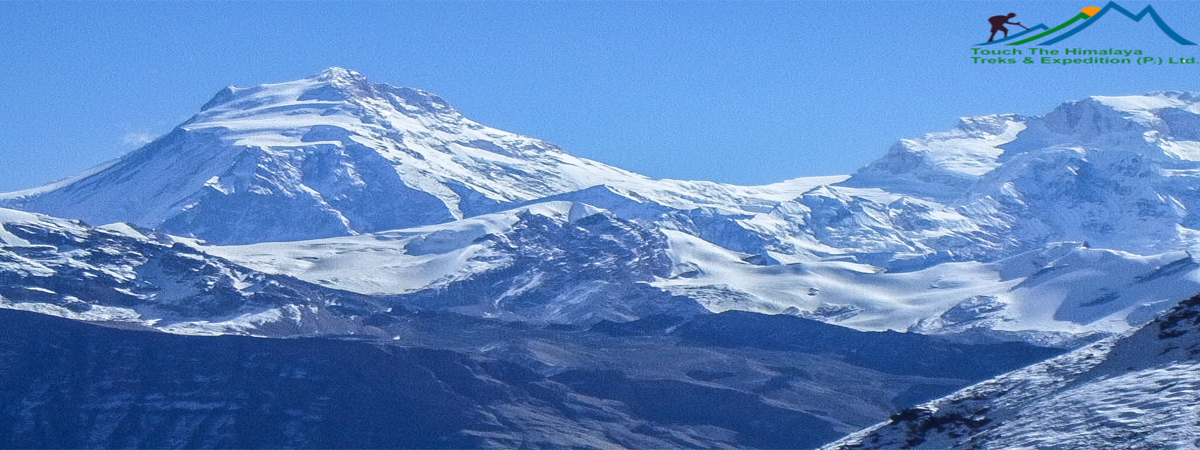
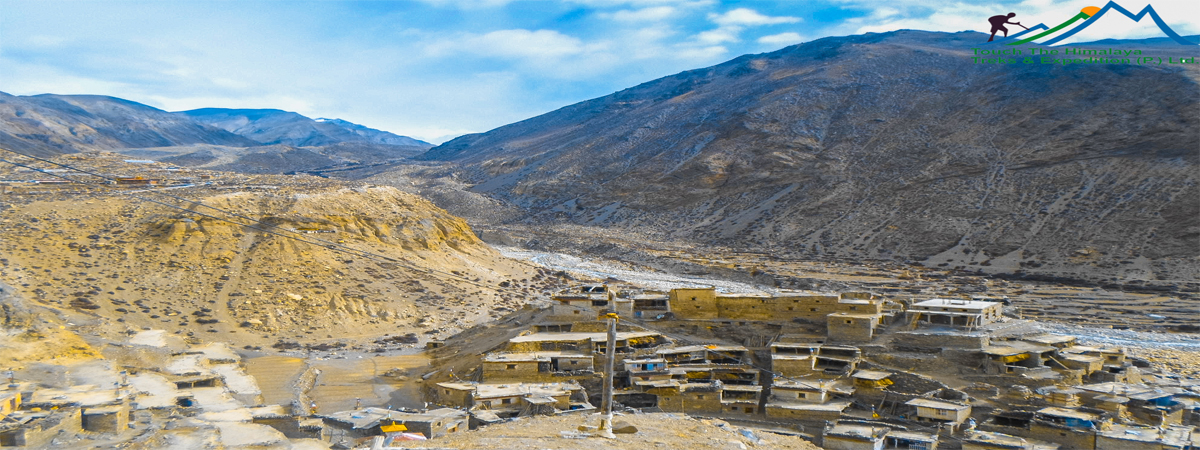
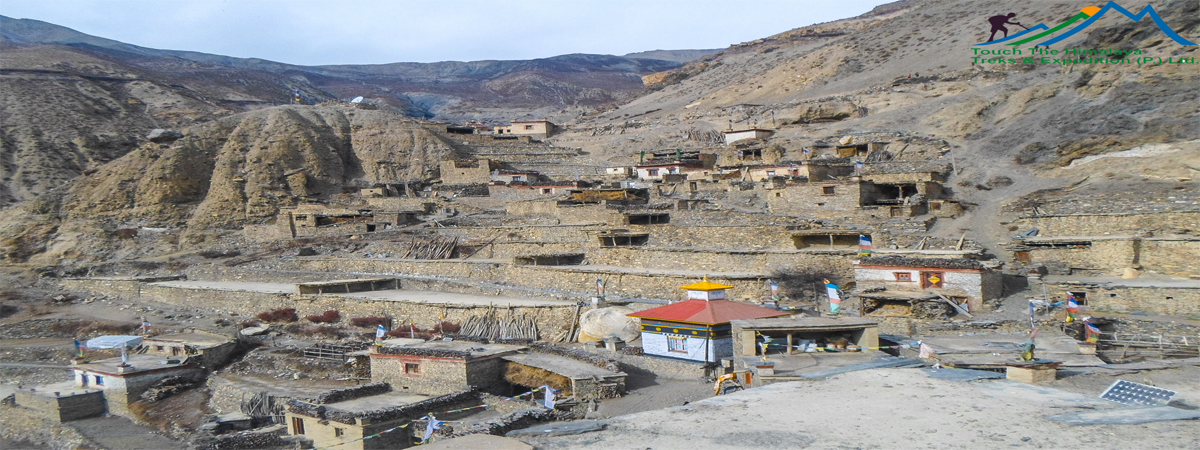
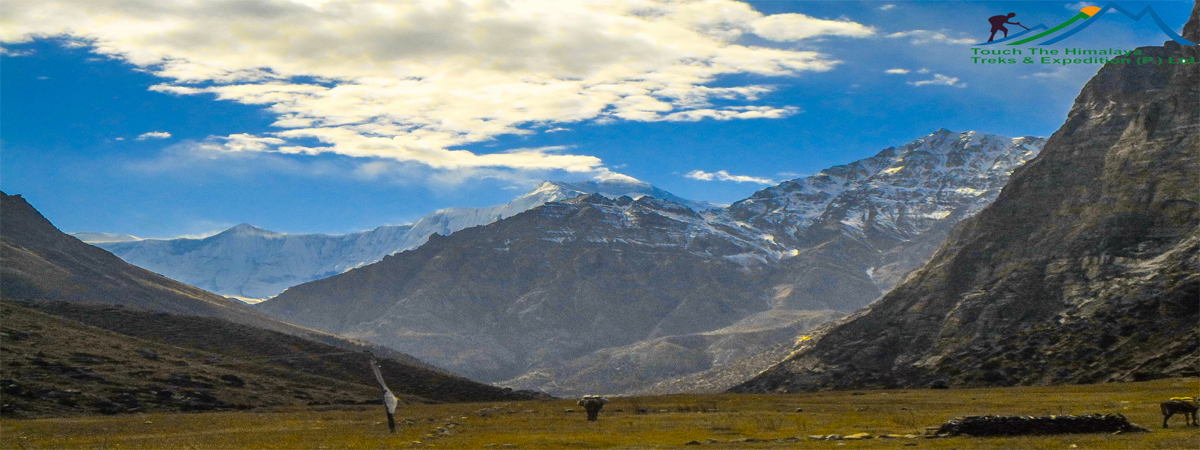
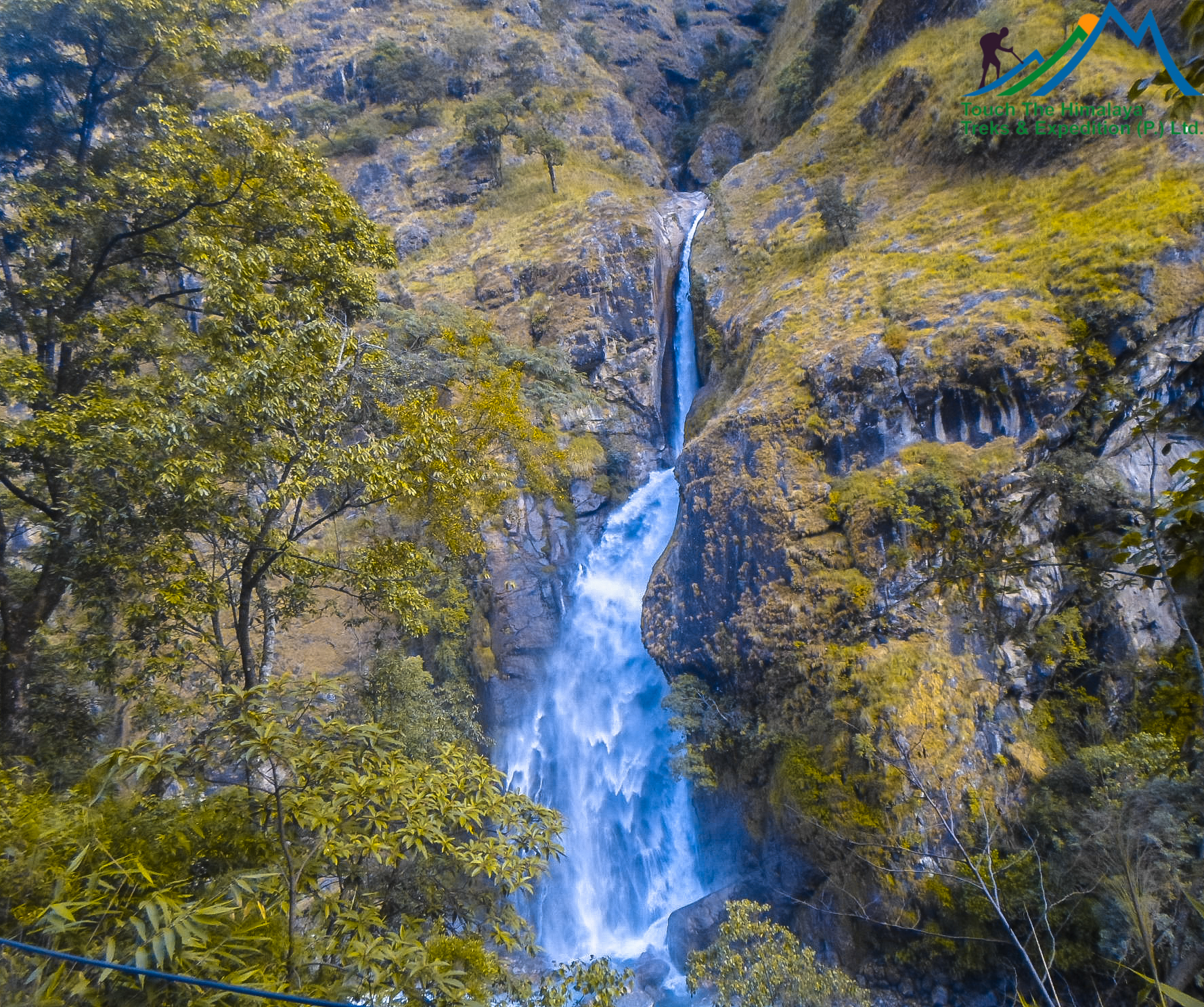
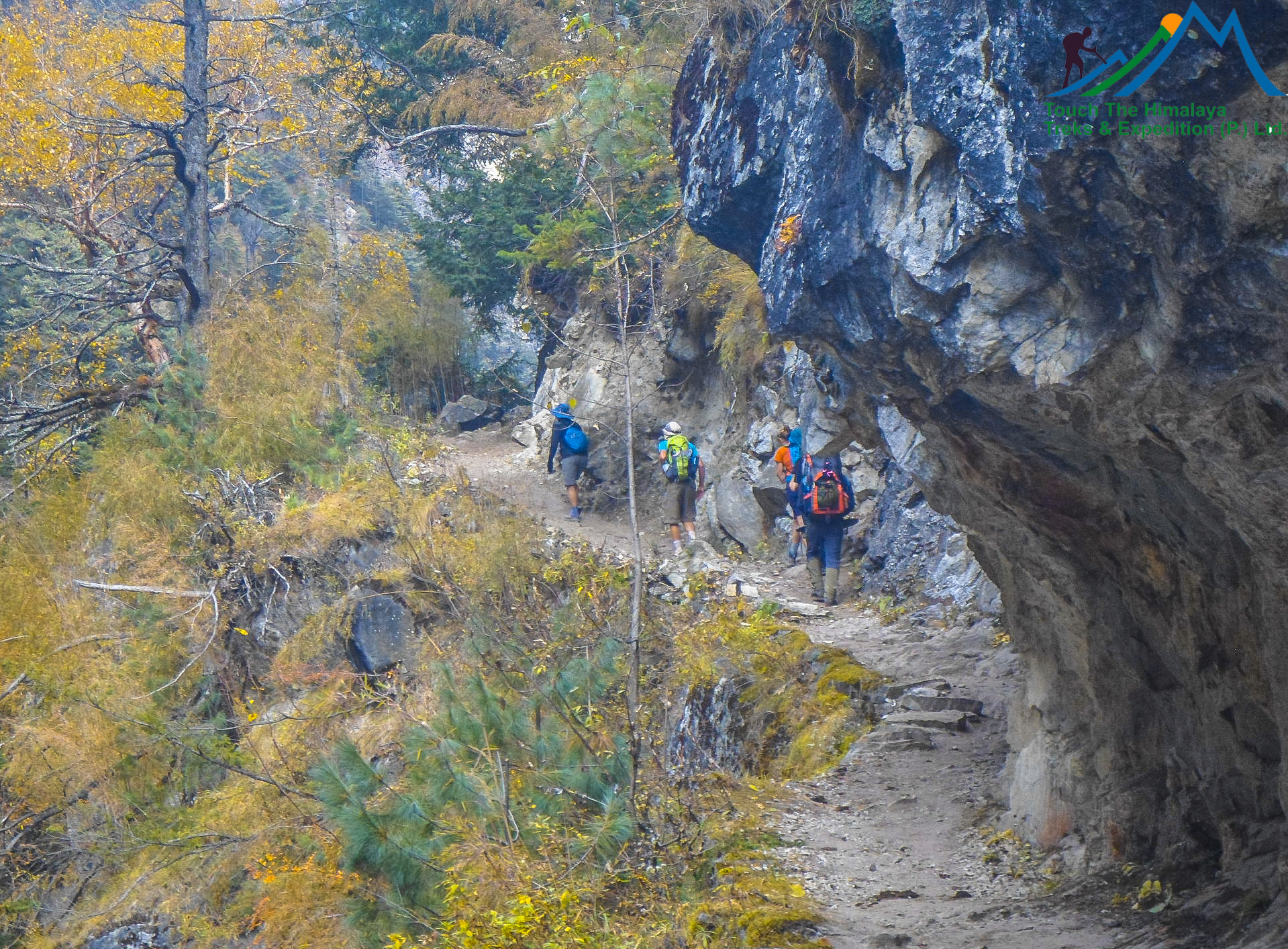

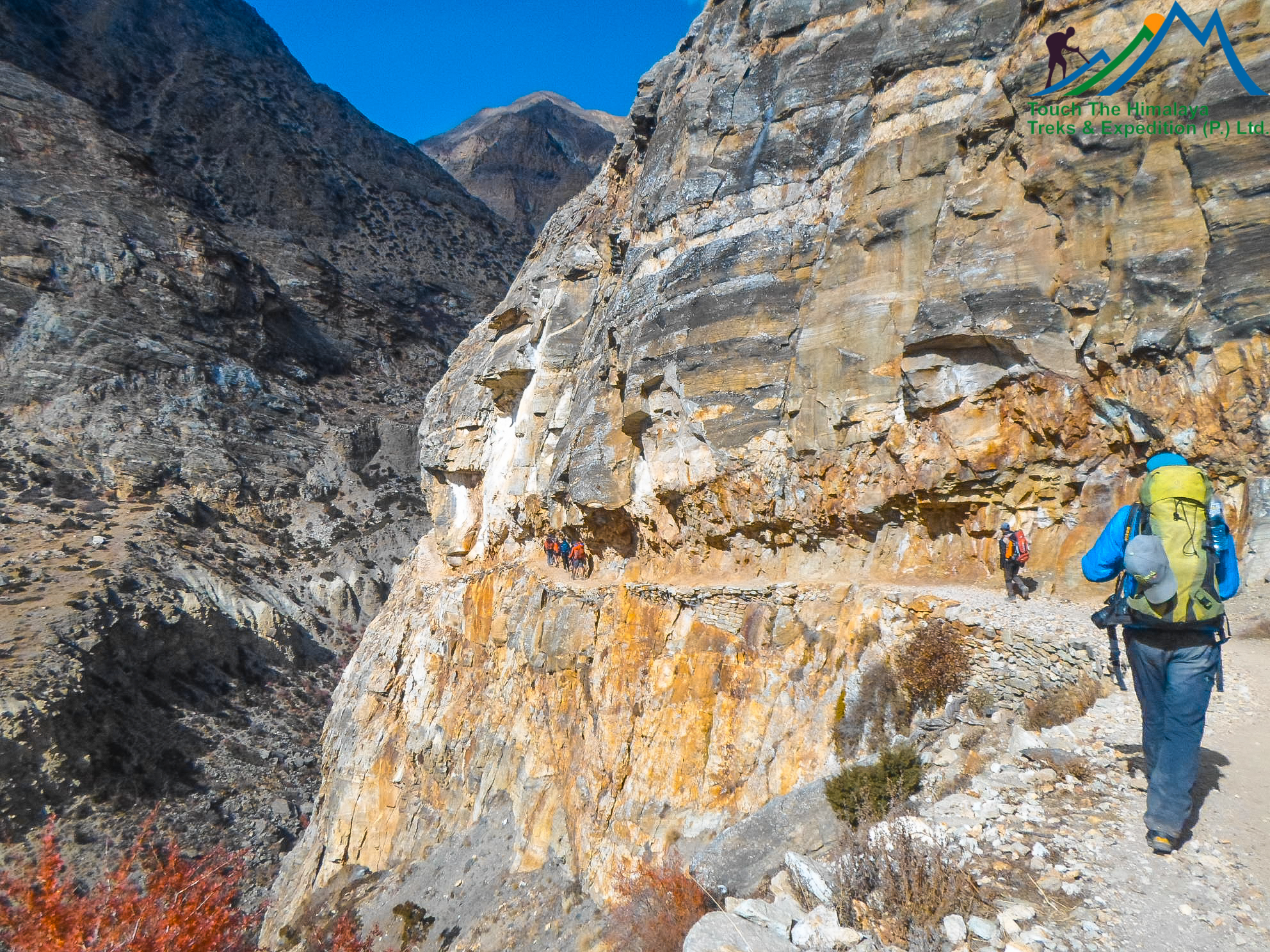

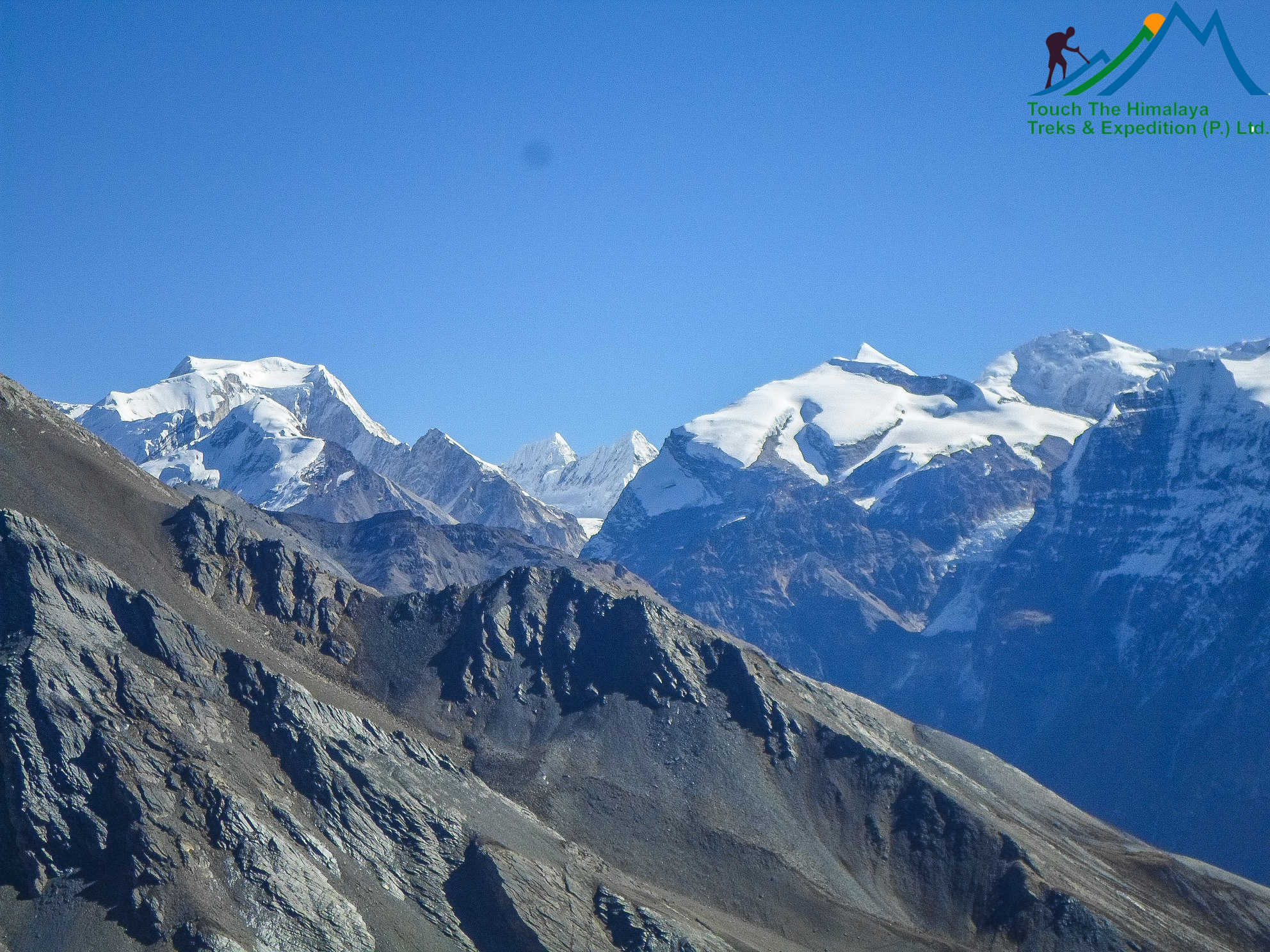
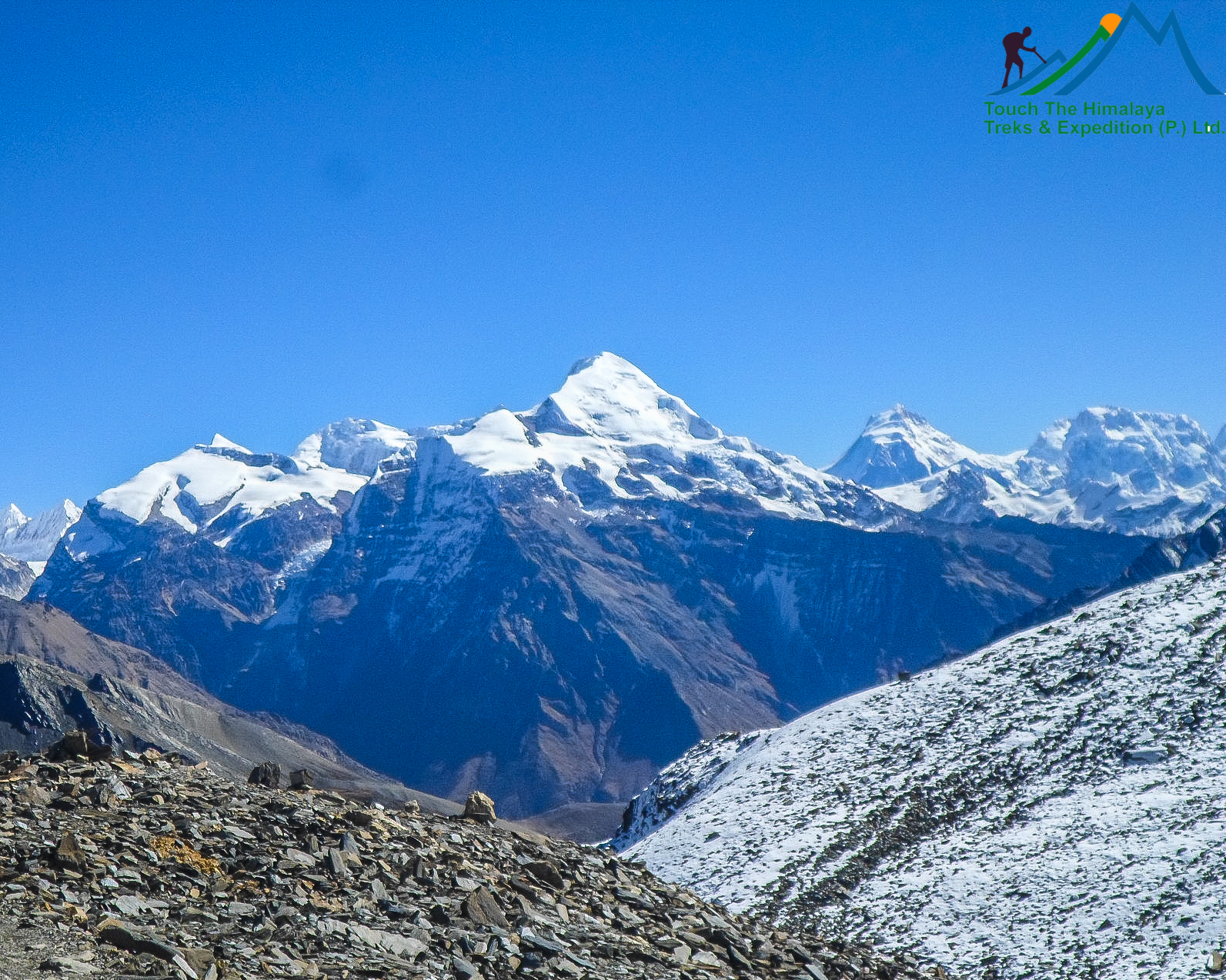

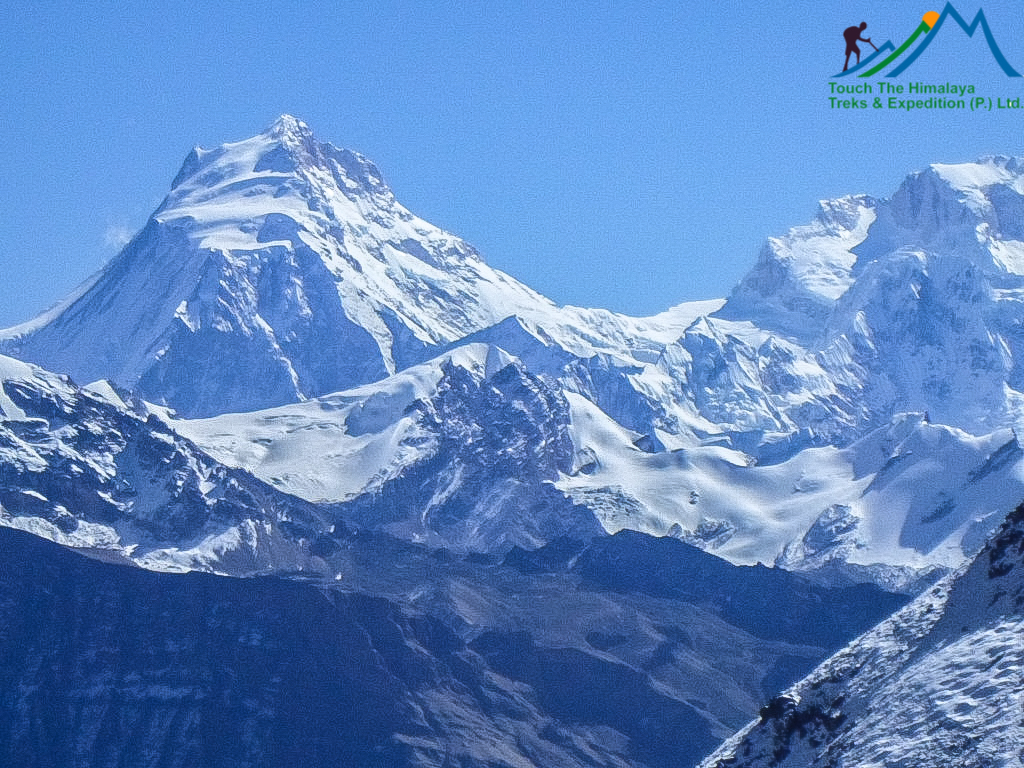

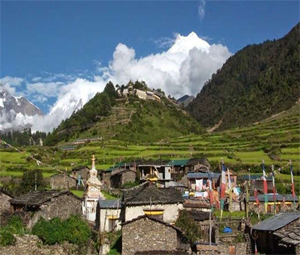
.png)
